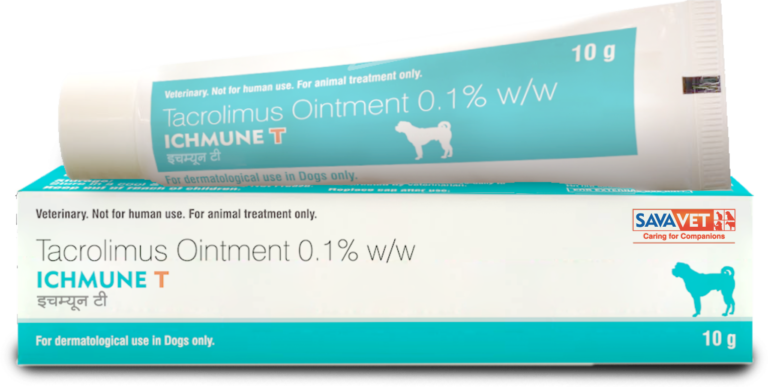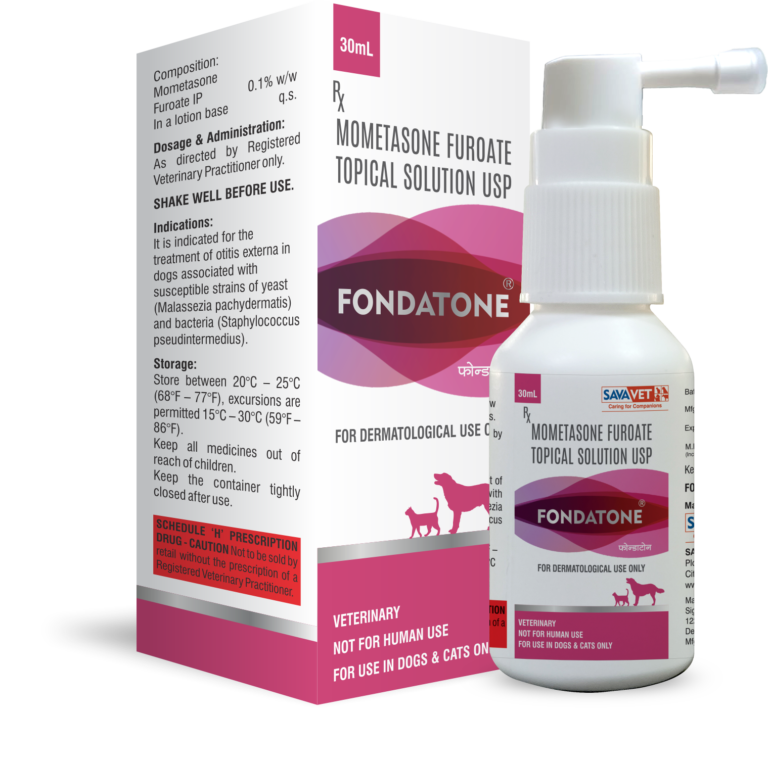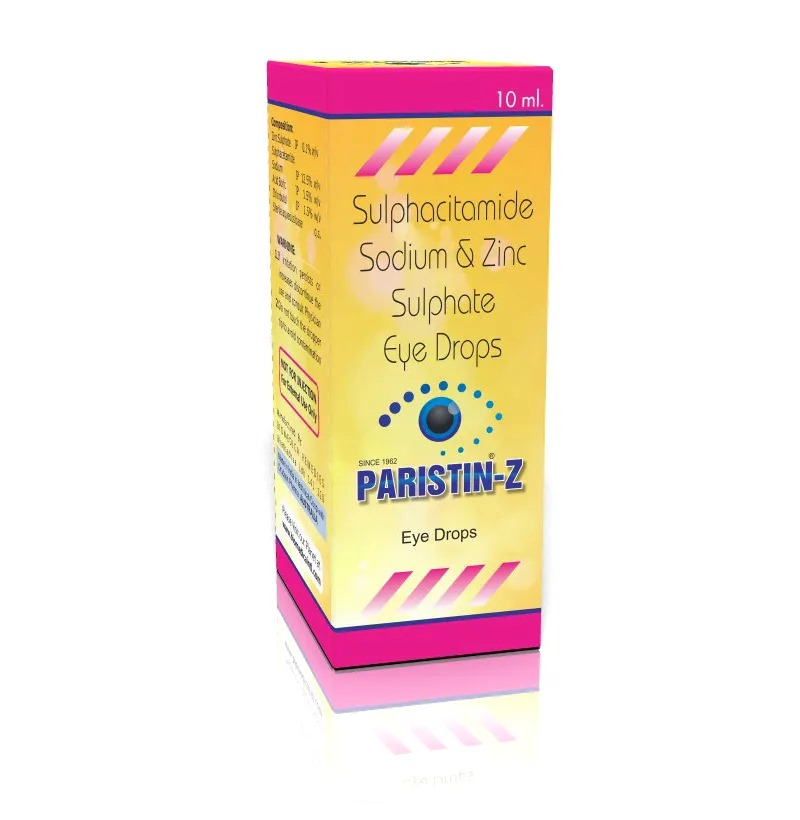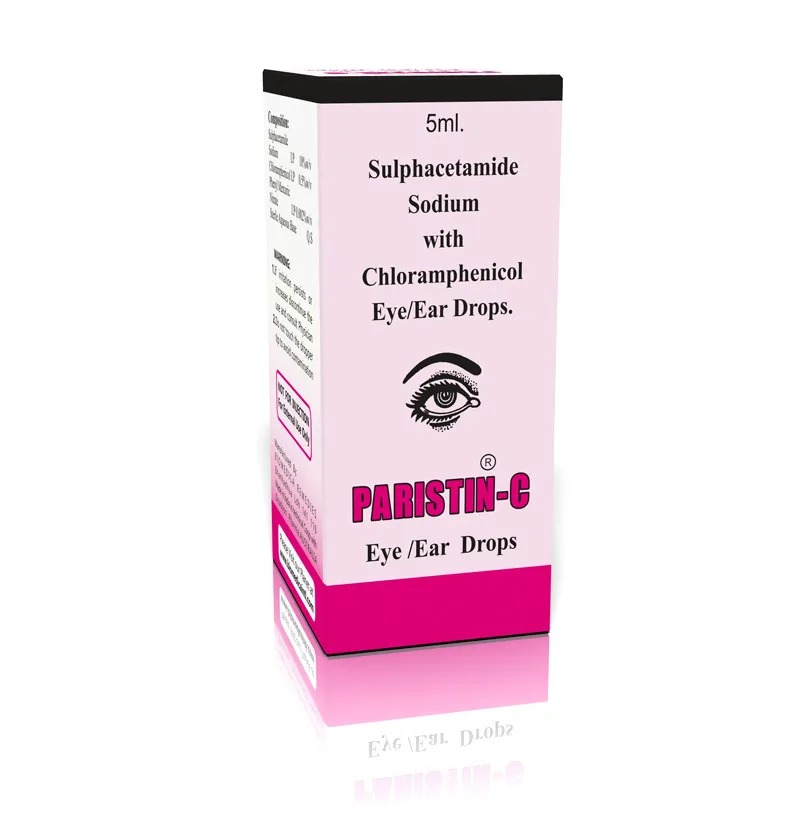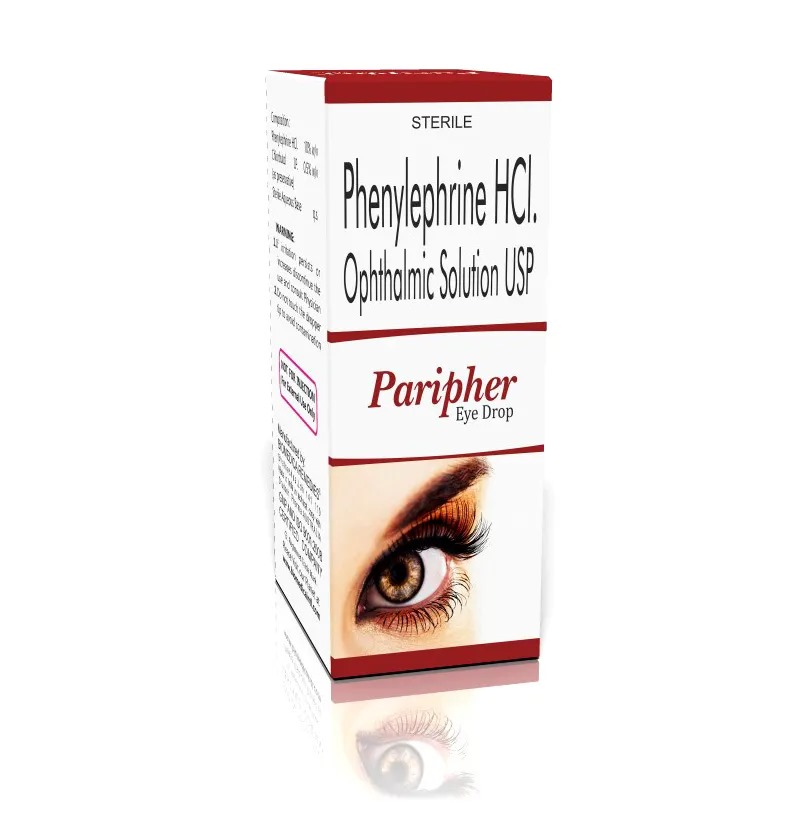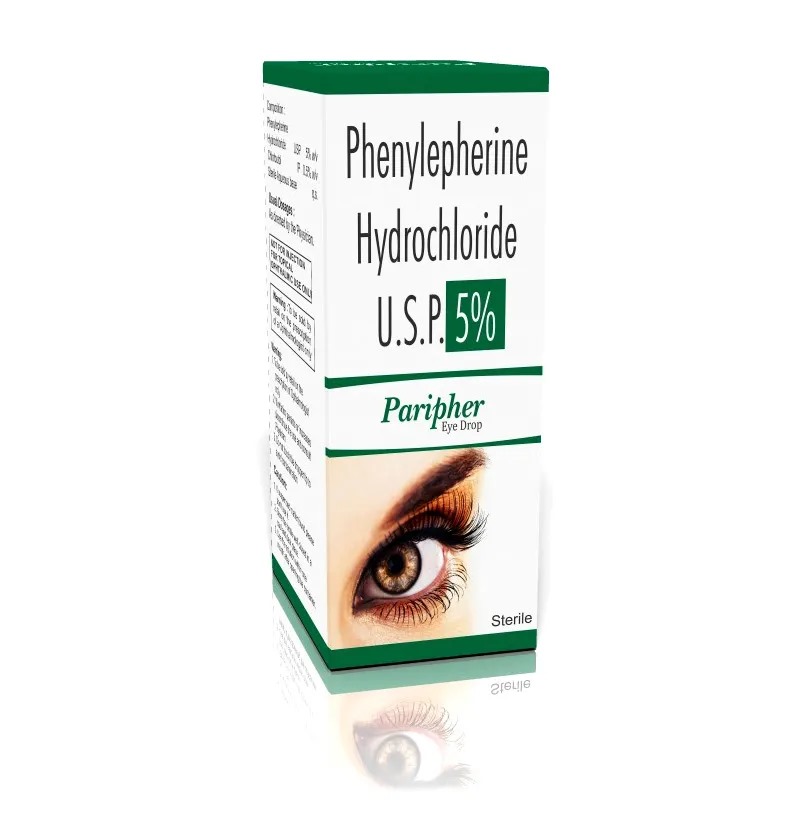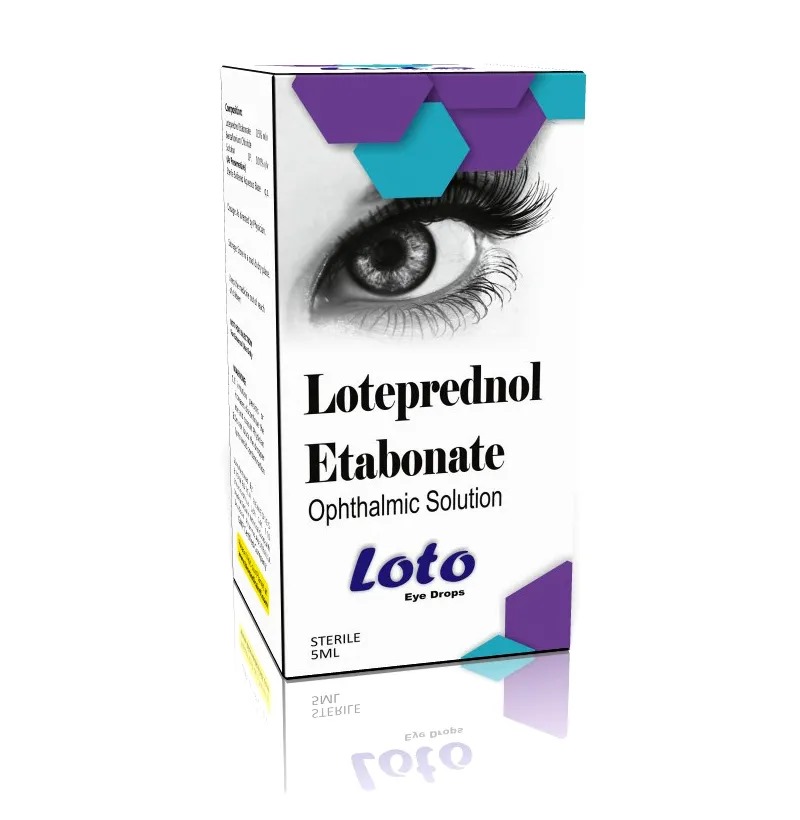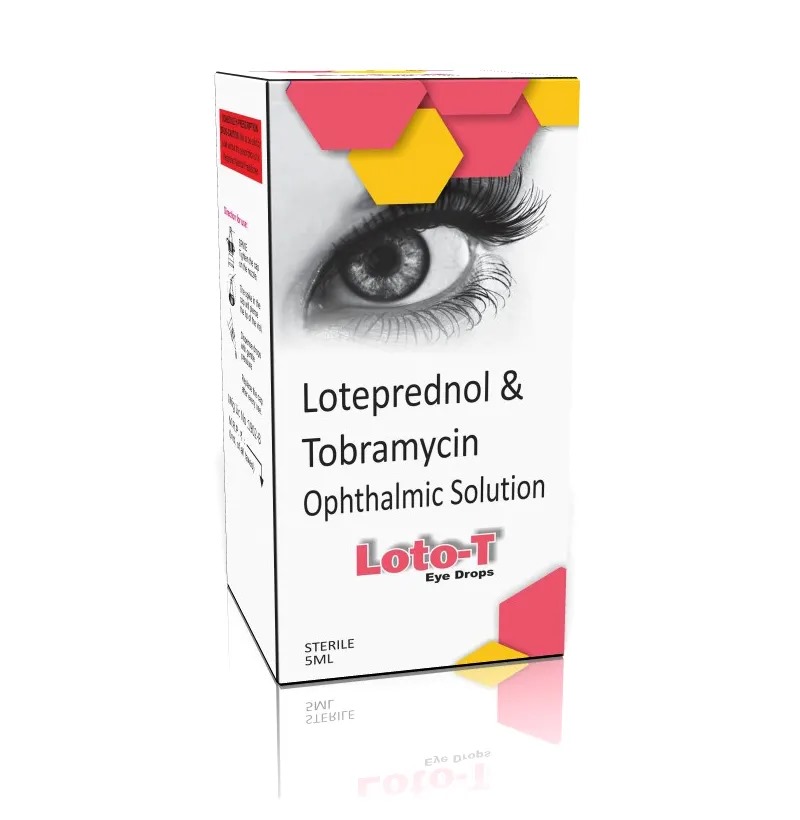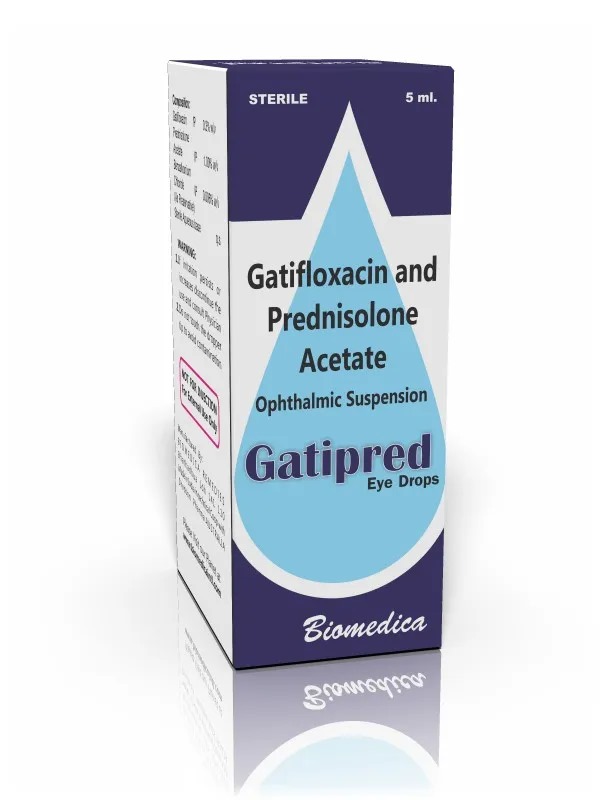Eye Care
Gatipred belongs to a group of medications called ‘Antibiotics and Corticosteroids’ used to treat bacterial eye infections or eye discomfort, especially in patients who have undergone eye surgeries. It also decreases the risk of eye infections such as conjunctivitis (inflammation of the conjunctiva) and other inflammatory conditions of the eye (cornea, iris, and connective tissue) in postoperative patients.
Gatipred is a combination of two medicines: Gatifloxacin and Prednisolone. Gatipred is an antibiotic that acts by interfering with the formation of essential proteins required for bacterial growth. Prednisolone is a steroid that reduces inflammation and symptoms associated with infection such as redness and irritation. It works by inhibiting the chemicals such as prostaglandins that cause inflammation.
Gatifloxacin+prednisolone is available for external use only. You should take this medicine as prescribed by your doctor. The common side-effects of Gatipred are application site reactions such as redness, burning or stinging sensation, watery eyes, and blurred vision. These side-effects are mild and temporary. It may also cause inflammation of the cornea (clear outer layer of the eye), which is a serious side-effect and may cause vision problems. If any of these side-effects persist, consult your doctor immediately.
Inform your doctor before using Gatipred if you have allergic reactions to medicines, tuberculosis, damaged cornea, ulcers in the eye, eye infection and producing pus, open lesions in the eye and glaucoma (a condition where the pressure inside the eye is increased). Pregnant and breastfeeding women should consult their doctor before starting Gatipred. This medicine may cause temporary blurred vision; hence drive only when you are alert and have clear vision.
Send Message
